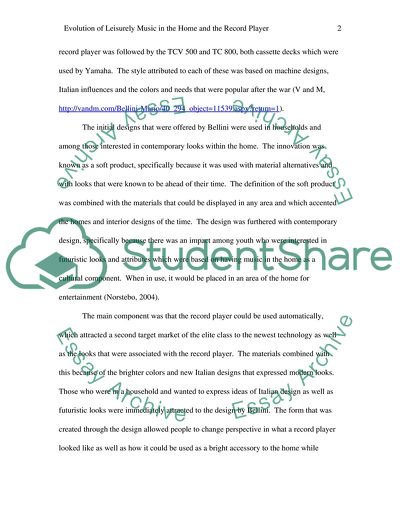Cite this document
(Evolution of Leisurely Music in the Home and the Record Player Research Paper, n.d.)
Evolution of Leisurely Music in the Home and the Record Player Research Paper. Retrieved from https://studentshare.org/music/1744720-ga-45-pop-automatic-record-player-by-mario-bellini
Evolution of Leisurely Music in the Home and the Record Player Research Paper. Retrieved from https://studentshare.org/music/1744720-ga-45-pop-automatic-record-player-by-mario-bellini
(Evolution of Leisurely Music in the Home and the Record Player Research Paper)
Evolution of Leisurely Music in the Home and the Record Player Research Paper. https://studentshare.org/music/1744720-ga-45-pop-automatic-record-player-by-mario-bellini.
Evolution of Leisurely Music in the Home and the Record Player Research Paper. https://studentshare.org/music/1744720-ga-45-pop-automatic-record-player-by-mario-bellini.
“Evolution of Leisurely Music in the Home and the Record Player Research Paper”, n.d. https://studentshare.org/music/1744720-ga-45-pop-automatic-record-player-by-mario-bellini.


